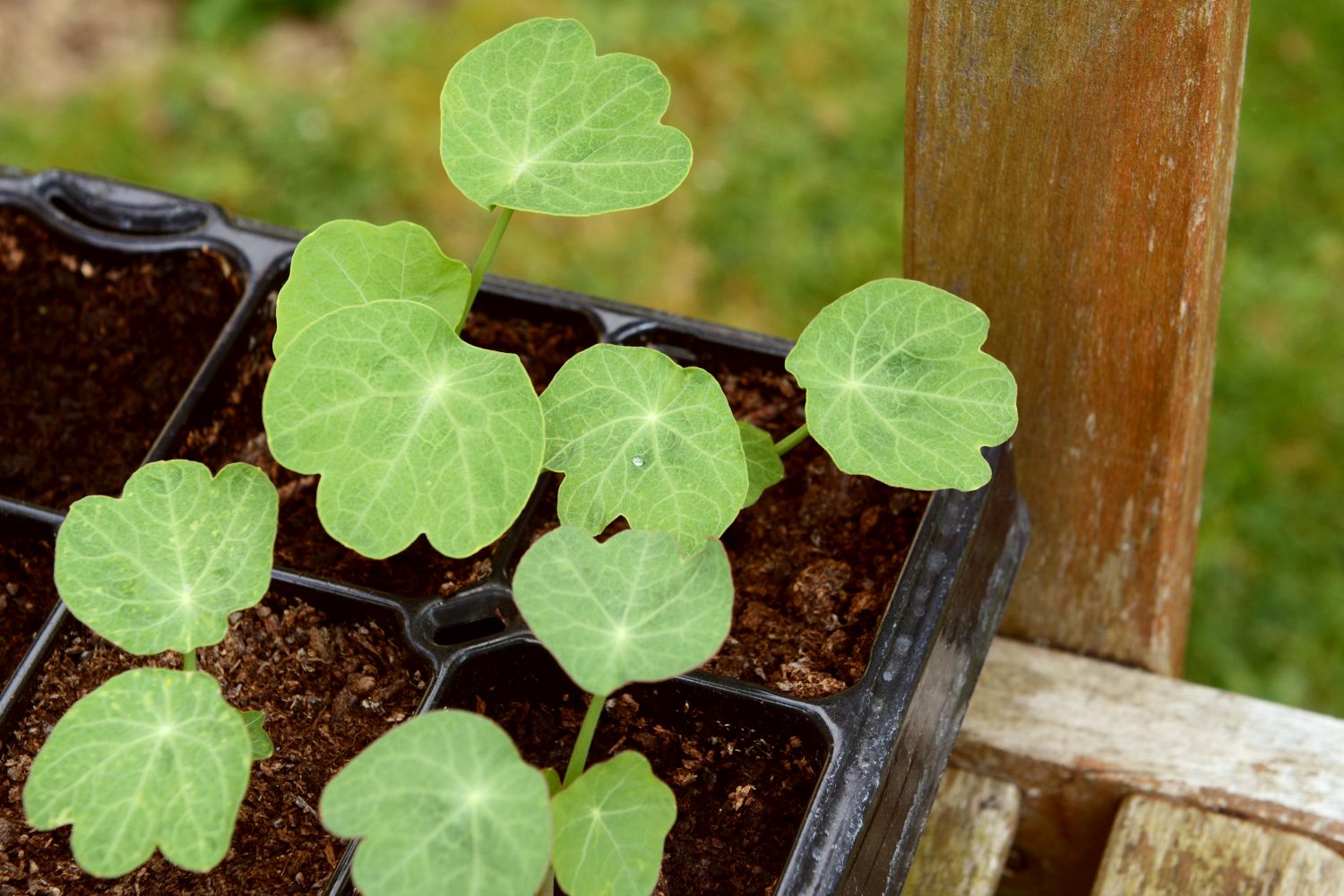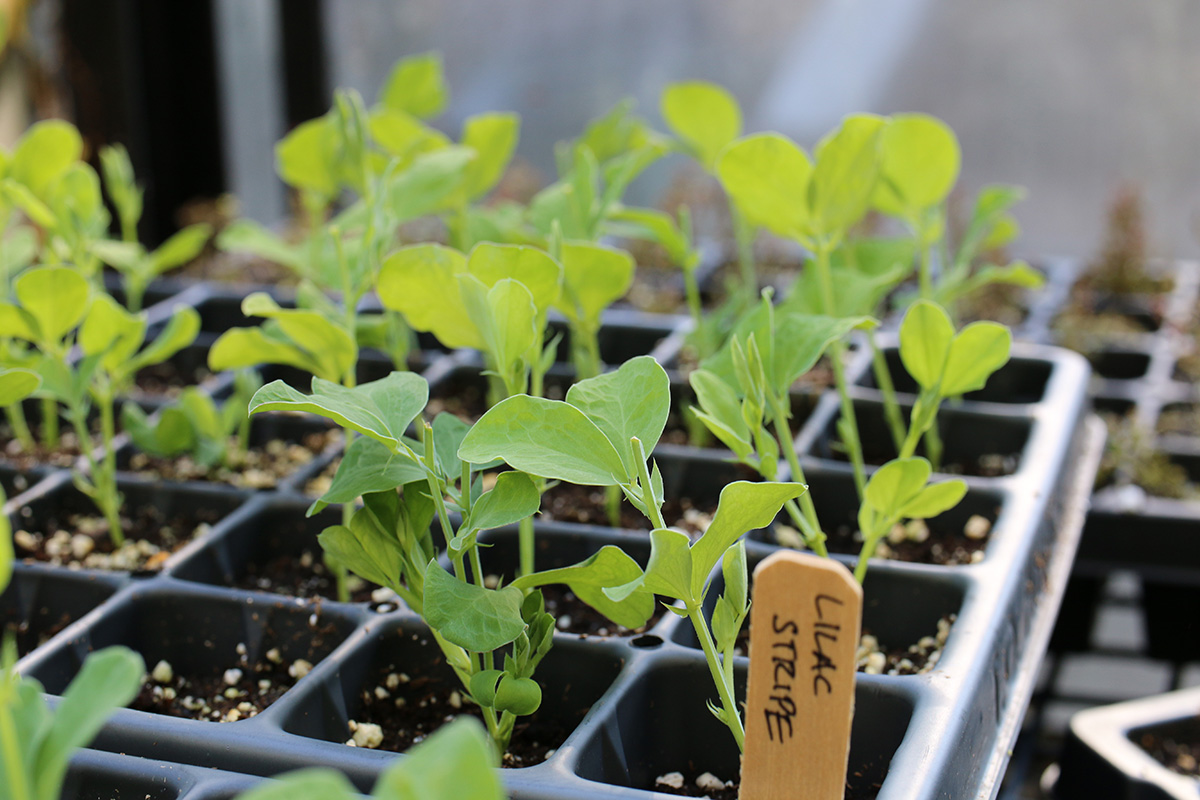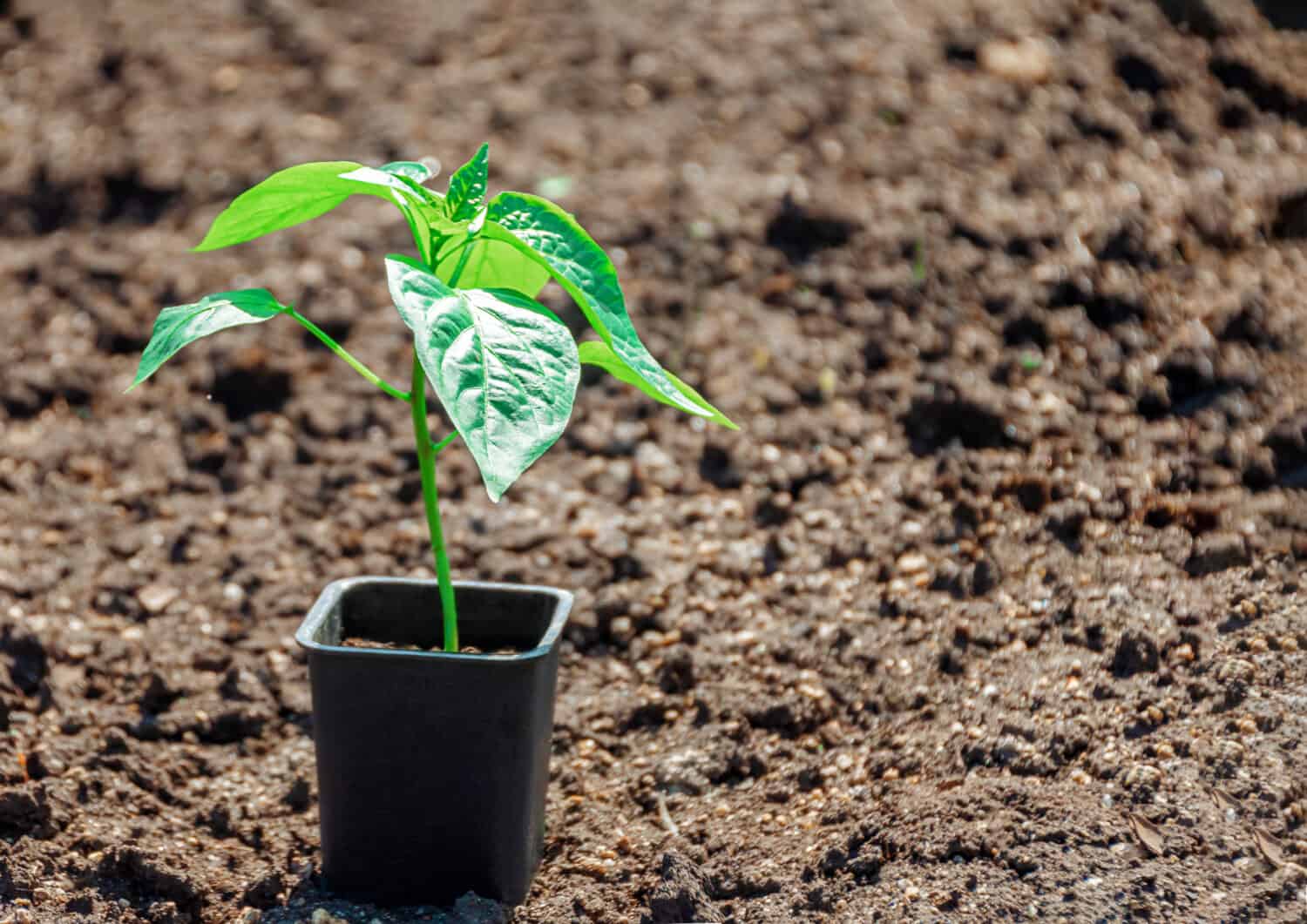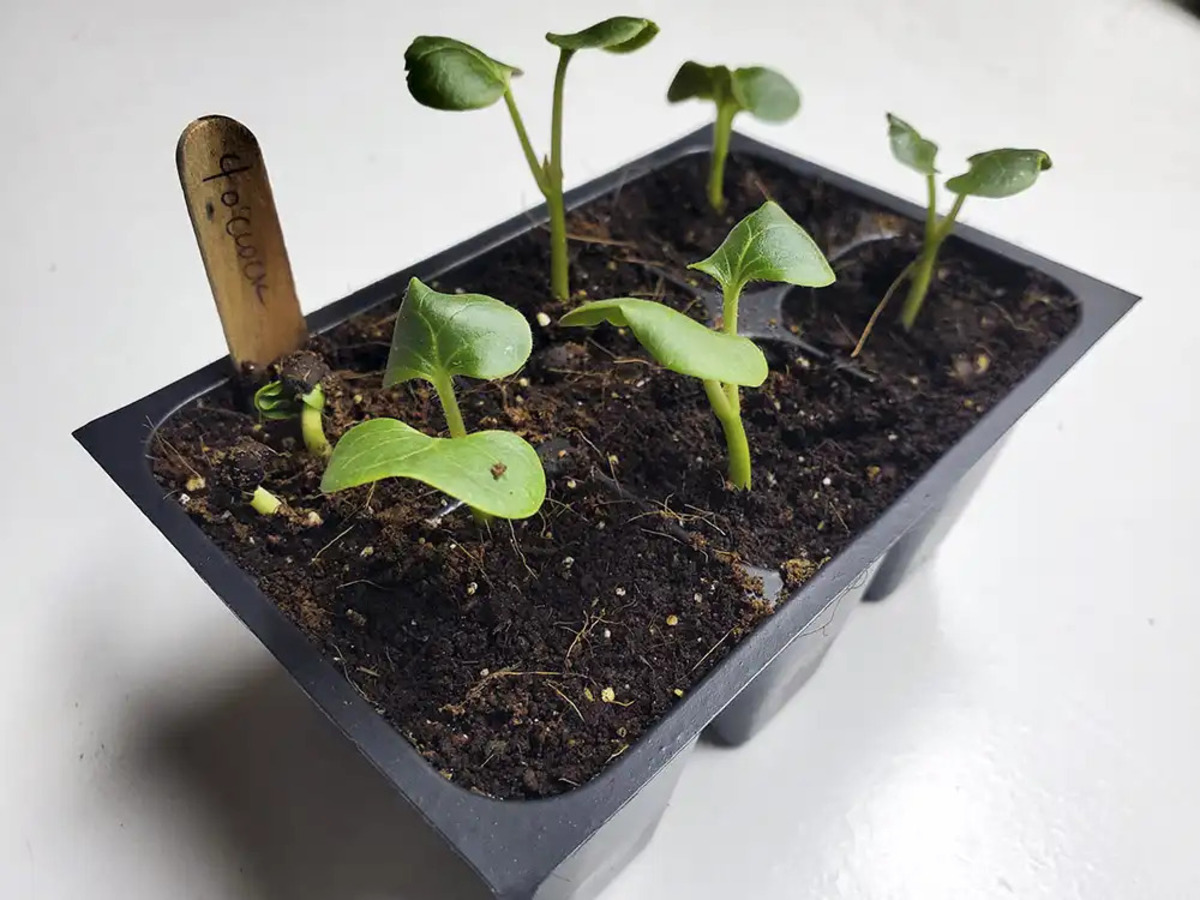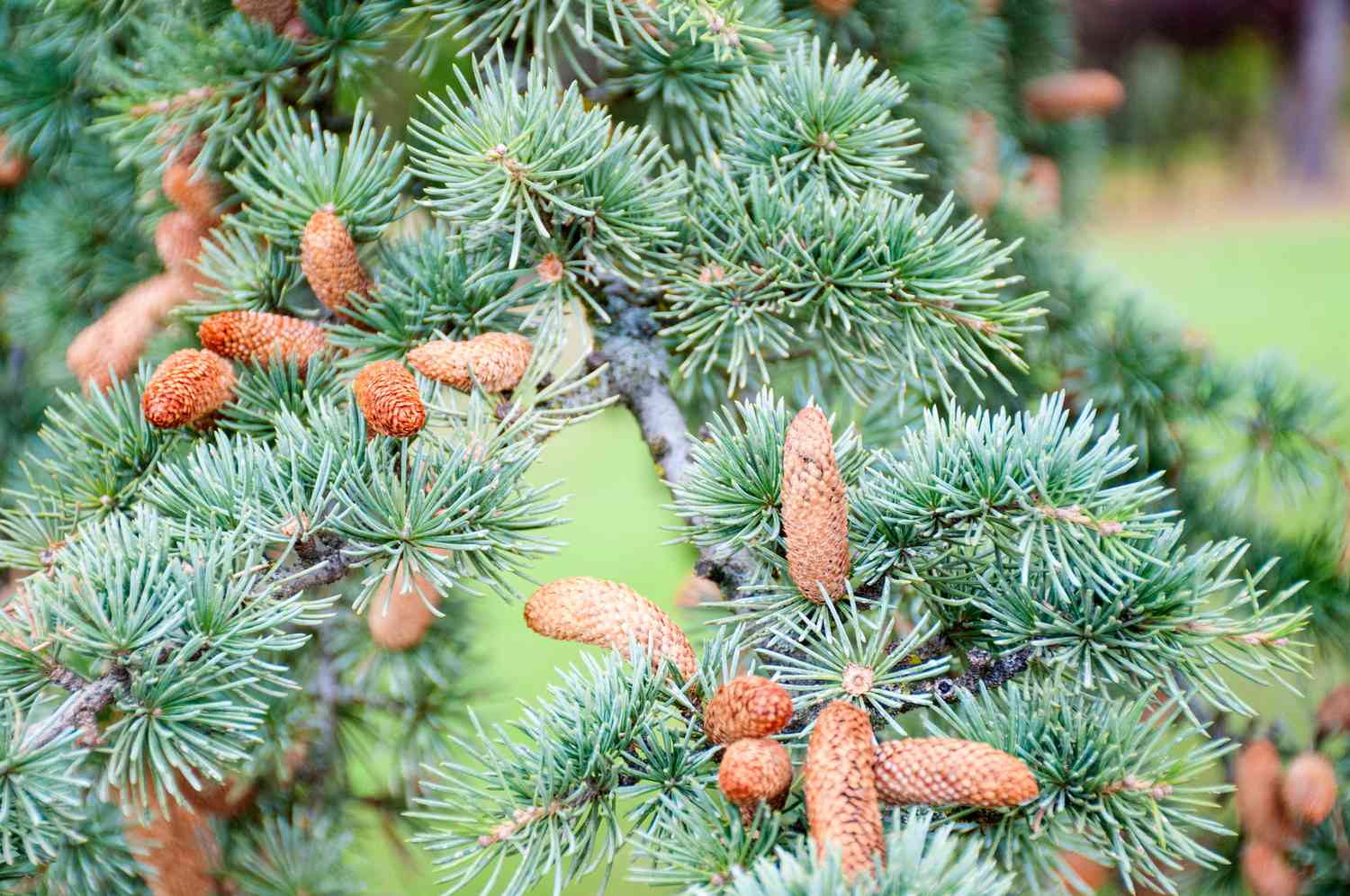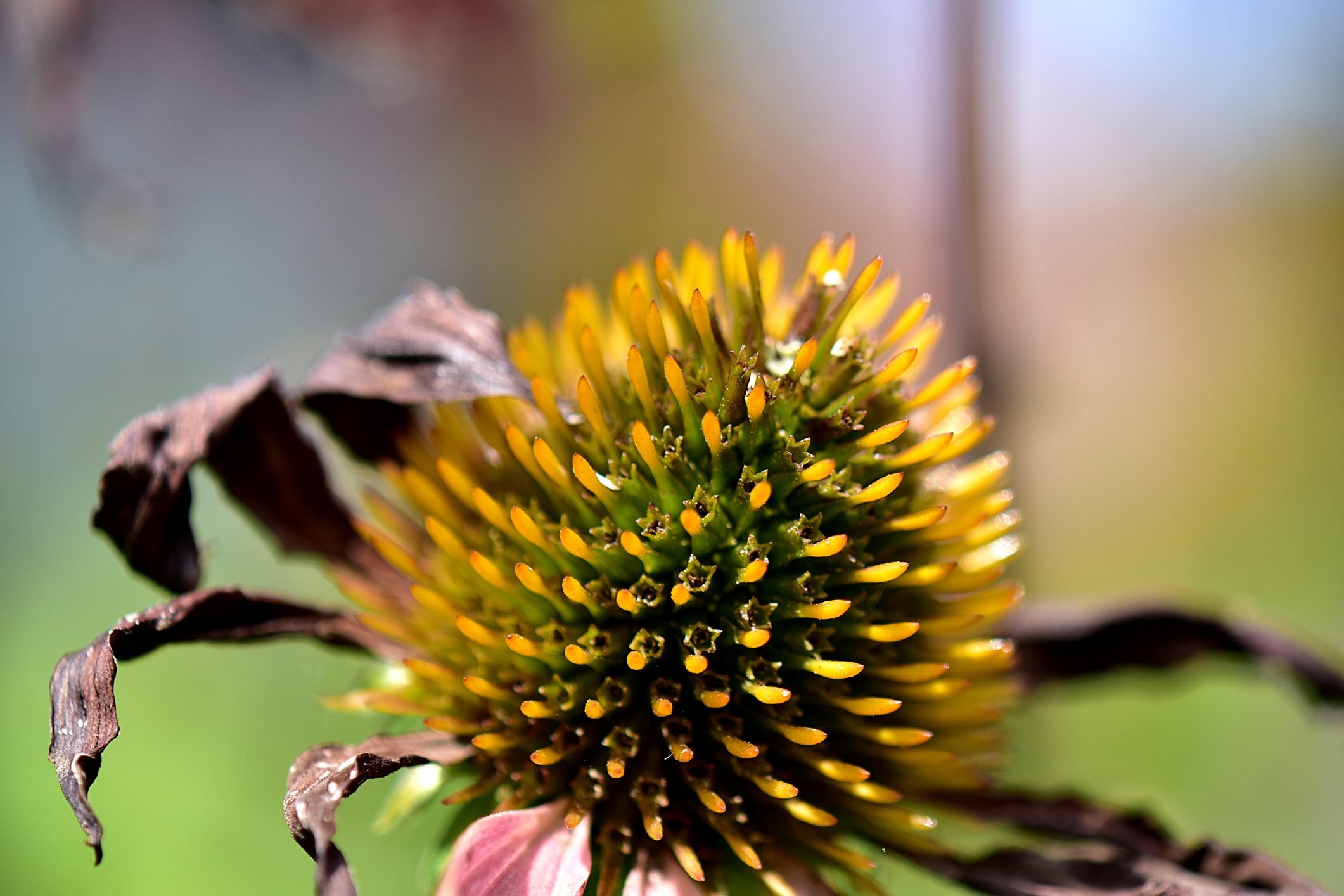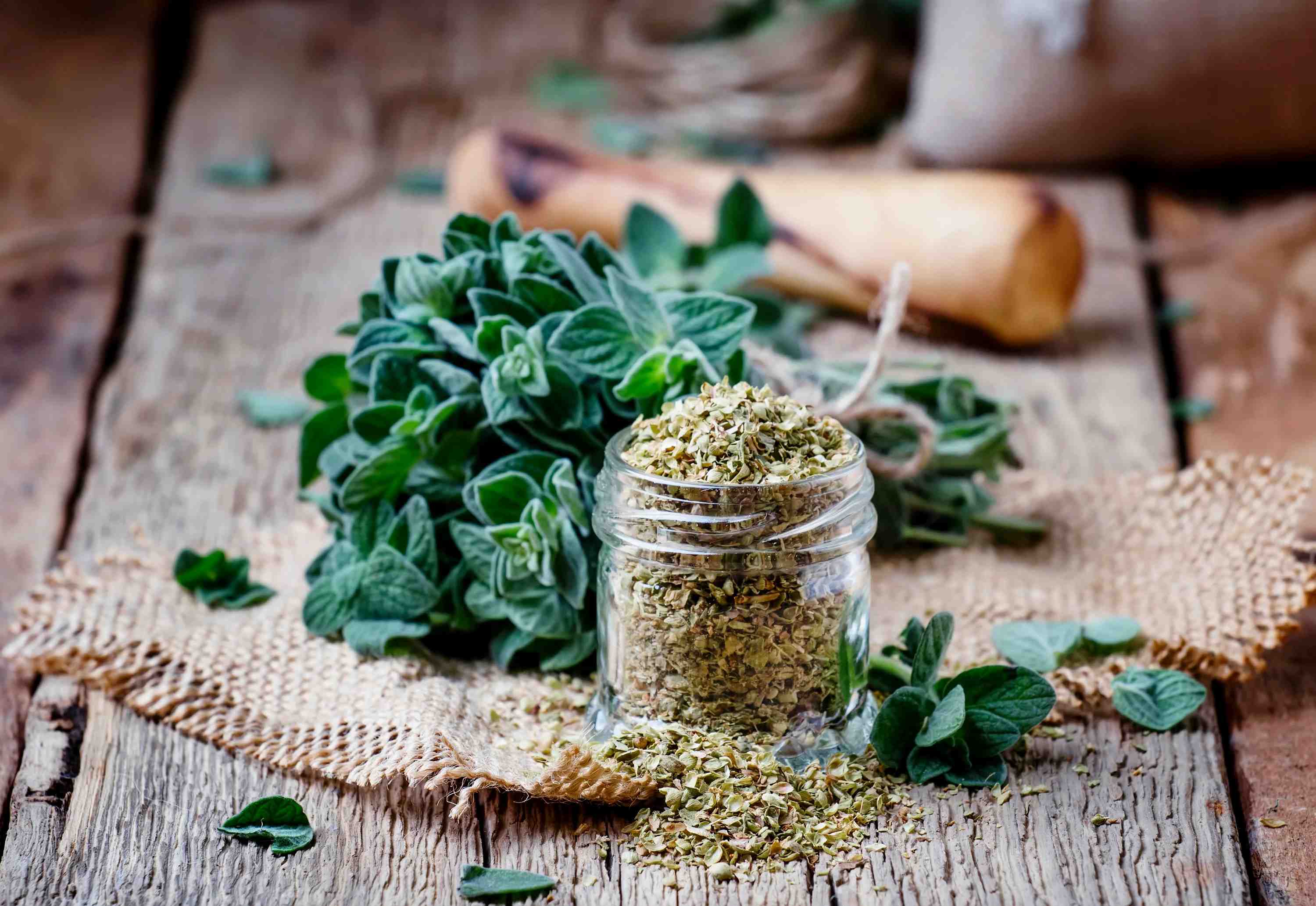Home>Types of Gardening>Edible Gardening>What Do Strawberry Seedlings Look Like
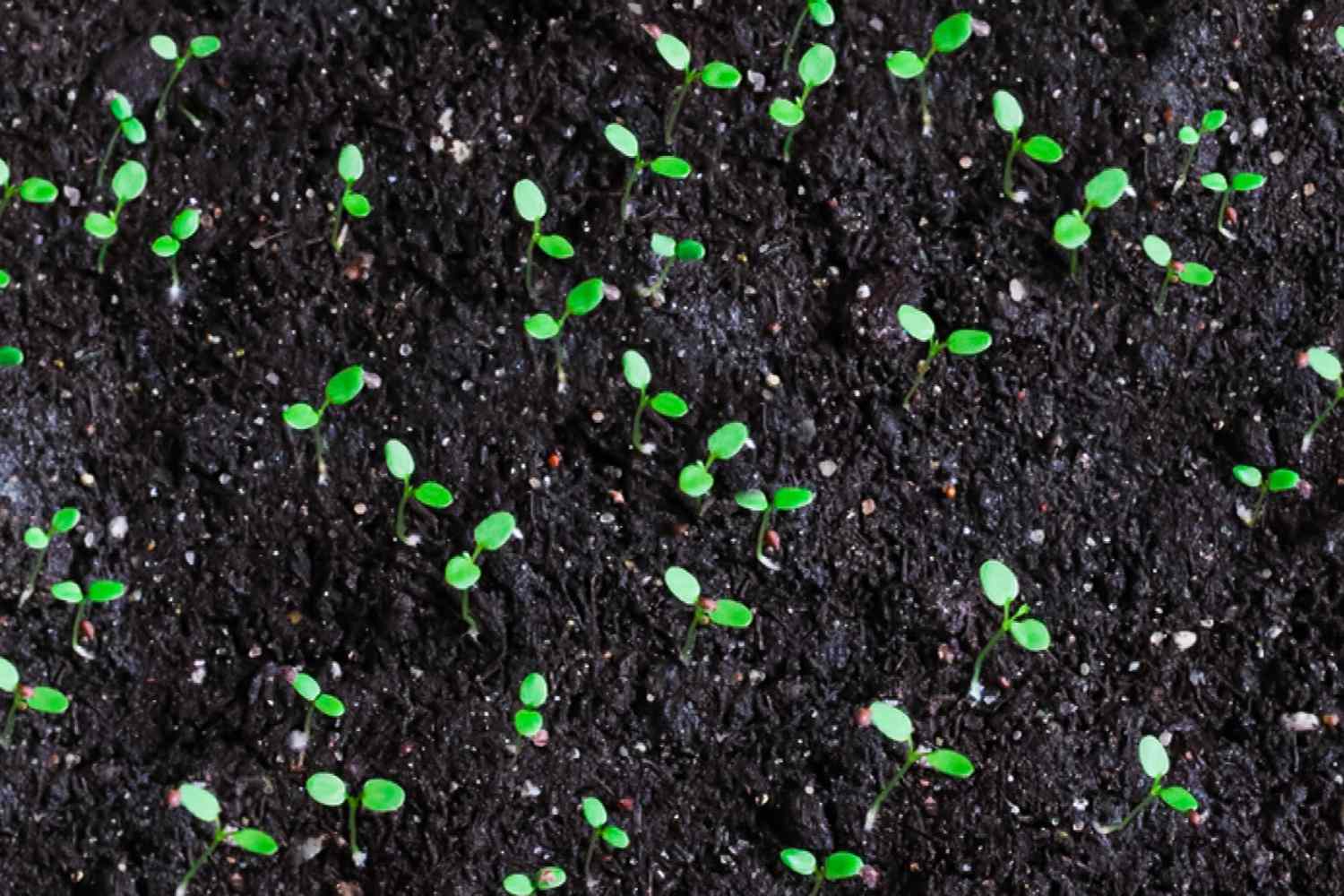

Edible Gardening
What Do Strawberry Seedlings Look Like
Modified: February 7, 2024
Learn what strawberry seedlings look like and how to grow them in your edible garden. Get tips for successful edible gardening.
(Many of the links in this article redirect to a specific reviewed product. Your purchase of these products through affiliate links helps to generate commission for Chicagolandgardening.com, at no extra cost. Learn more)
Table of Contents
Introduction
Introduction
Welcome to the world of edible gardening, where the journey from seed to harvest is a rewarding and fulfilling experience. Whether you’re a seasoned gardener or just starting out, the process of nurturing a tiny seed into a thriving plant is nothing short of magical. In this article, we’ll delve into the enchanting realm of strawberry seedlings, exploring their characteristics, how to identify them, and the essential care they require to flourish.
Strawberries are a beloved fruit, cherished for their sweet, juicy flavor and versatility in culinary creations. Growing your own strawberries allows you to savor the unrivaled taste of freshly picked berries and revel in the joy of cultivating your own bountiful harvest. The journey begins with the humble strawberry seedling, the tender young plants that will eventually bear the delectable fruits of your labor.
Join us as we embark on a captivating exploration of what strawberry seedlings look like, how to distinguish them from other plants, and the nurturing care they need to thrive. By the end of this article, you’ll be equipped with the knowledge and confidence to cultivate vibrant strawberry plants, ensuring a plentiful yield of luscious berries in your edible garden.
Characteristics of Strawberry Seedlings
Before delving into the distinct features of strawberry seedlings, it’s essential to understand the life cycle of these remarkable plants. Strawberry seedlings emerge from seeds, developing into delicate young plants with unique traits that set them apart from their mature counterparts. These seedlings exhibit several key characteristics that distinguish them during their early stages of growth.
- Tiny Size: Strawberry seedlings are initially small and delicate, typically measuring only a few inches in height. Their diminutive stature makes them easily identifiable among the surrounding soil and vegetation.
- Distinct Leaves: The leaves of strawberry seedlings are characterized by their vibrant green color and unique shape. Each leaf consists of three serrated leaflets, forming a trifoliate pattern that is emblematic of the strawberry plant.
- Tender Stems: The stems of strawberry seedlings are tender and flexible, showcasing a pale green hue. As the seedlings mature, their stems gradually strengthen to support the burgeoning growth of leaves and runners.
- Root Development: Beneath the soil, strawberry seedlings develop a network of delicate roots that anchor them in the earth and facilitate the absorption of essential nutrients and moisture.
- Burgeoning Growth: Despite their small size, strawberry seedlings exhibit remarkable vitality and rapid growth potential. As they continue to flourish, they will produce additional leaves and runners, laying the foundation for future fruit-bearing plants.
These defining characteristics collectively contribute to the unique allure of strawberry seedlings, marking the initial stage of their remarkable journey towards producing luscious, sun-ripened berries. By recognizing these traits, you can confidently identify and nurture these tender young plants as they progress through their early developmental phases.
Identifying Strawberry Seedlings
Recognizing strawberry seedlings amidst the verdant tapestry of a garden is a delightful endeavor that allows you to witness the inception of a fruitful harvest. These young plants possess distinctive features that facilitate their identification, enabling you to differentiate them from surrounding vegetation and cultivate them with care.
When embarking on the quest to identify strawberry seedlings, several key characteristics serve as reliable markers for discerning these tender plants:
- Trifoliate Leaves: One of the most prominent indicators of strawberry seedlings is the presence of trifoliate leaves, where each leaf consists of three serrated leaflets. This distinctive foliage sets them apart from other plants, providing a clear visual cue for identification.
- Compact Size: During their early stages, strawberry seedlings exhibit a diminutive size, typically ranging from a few inches in height. Their compact stature distinguishes them from larger plants in the vicinity, aiding in their recognition.
- Pale Green Stems: The tender stems of strawberry seedlings display a pale green color, imparting a soft and delicate appearance. This characteristic hue contrasts with the surrounding foliage, facilitating the visual identification of these young plants.
- Root System: While not immediately visible, the developing root system of strawberry seedlings plays a crucial role in their identification. As these plants mature, their delicate roots anchor them in the soil, providing essential support for their burgeoning growth.
- Growth Habit: Strawberry seedlings exhibit a distinct growth habit characterized by the emergence of additional leaves and runners as they progress. This burgeoning growth pattern distinguishes them as they continue their journey towards becoming robust fruit-bearing plants.
By familiarizing yourself with these defining features, you can confidently identify strawberry seedlings and nurture them as they embark on their remarkable developmental trajectory. The ability to discern these young plants amidst the garden landscape empowers you to provide them with the attentive care they require to thrive and ultimately yield a bountiful harvest of delectable strawberries.
Caring for Strawberry Seedlings
Providing attentive care to strawberry seedlings is essential for fostering their healthy development and ensuring the abundant production of succulent berries. As these young plants embark on their journey towards maturity, they benefit from nurturing practices that cater to their specific needs and promote robust growth.
Here are key guidelines for effectively caring for strawberry seedlings:
- Optimal Sunlight: Position the seedlings in a location that receives ample sunlight, as strawberries thrive in full sun. Ensure that they receive at least 6-8 hours of direct sunlight daily to promote vigorous growth and the formation of flower buds.
- Well-Drained Soil: Plant the seedlings in well-drained, loamy soil with a slightly acidic pH ranging between 5.5 and 6.5. Adequate drainage prevents waterlogged conditions that can impede root development and lead to fungal issues.
- Regular Watering: Maintain consistent soil moisture by watering the seedlings regularly, especially during dry periods. However, avoid overwatering, as excessively damp soil can compromise the health of the plants and increase the risk of root rot.
- Mulching: Apply a layer of organic mulch around the seedlings to conserve moisture, suppress weed growth, and protect the roots from temperature fluctuations. Mulching also helps deter pests and enhances the overall health of the plants.
- Feeding Schedule: Fertilize the seedlings with a balanced, slow-release fertilizer to provide essential nutrients for robust growth. Follow the recommended feeding schedule, and avoid over-fertilization, which can adversely impact the plants.
- Prudent Pruning: As the seedlings mature, remove any runners that emerge to redirect the plant’s energy towards foliage and fruit production. Pruning helps maintain plant vigor and encourages the development of robust, fruit-bearing crowns.
- Vigilant Pest Management: Monitor the seedlings for signs of pests and diseases, taking prompt action to address any issues. Implement organic pest control methods to safeguard the health of the plants and minimize the use of chemical interventions.
By adhering to these care practices, you can nurture strawberry seedlings with the attention and support they require to thrive. With diligent care and mindful cultivation, these tender young plants will flourish, ultimately yielding a bountiful harvest of delectable strawberries that serve as a testament to your dedication and green-thumb prowess.
Conclusion
Embarking on the journey of cultivating strawberry seedlings unveils a captivating odyssey marked by the tender growth and promising potential of these young plants. From their diminutive size and distinctive foliage to their burgeoning vitality and eventual fruit-bearing prowess, strawberry seedlings encapsulate the enchanting cycle of life in the garden.
As you acquaint yourself with the unique characteristics and care requirements of strawberry seedlings, you gain insight into the intricate nuances of nurturing these remarkable plants. The ability to identify these tender younglings amidst the garden landscape empowers you to provide them with the attentive care they need to thrive and flourish.
By embracing the guidelines for caring for strawberry seedlings, including optimal sunlight exposure, diligent watering, prudent pruning, and vigilant pest management, you pave the way for the robust growth and abundant fruit production of these resilient plants. Your dedication to their well-being sets the stage for a bountiful harvest of luscious strawberries, each one a testament to the nurturing care and passion you have invested in your edible garden.
As you witness the progression of strawberry seedlings from tender young plants to prolific fruit-bearing specimens, you partake in a deeply gratifying journey that celebrates the beauty of nature’s cycles and the joy of reaping the literal fruits of your labor. The sight of plump, sun-ripened berries adorning the vibrant foliage serves as a poignant reminder of the wondrous transformation that unfolds when you cultivate and care for these remarkable plants.
May your edible garden thrive with the vibrant abundance of strawberry plants, each one bearing the legacy of your dedication and the promise of delectable harvests for seasons to come.
